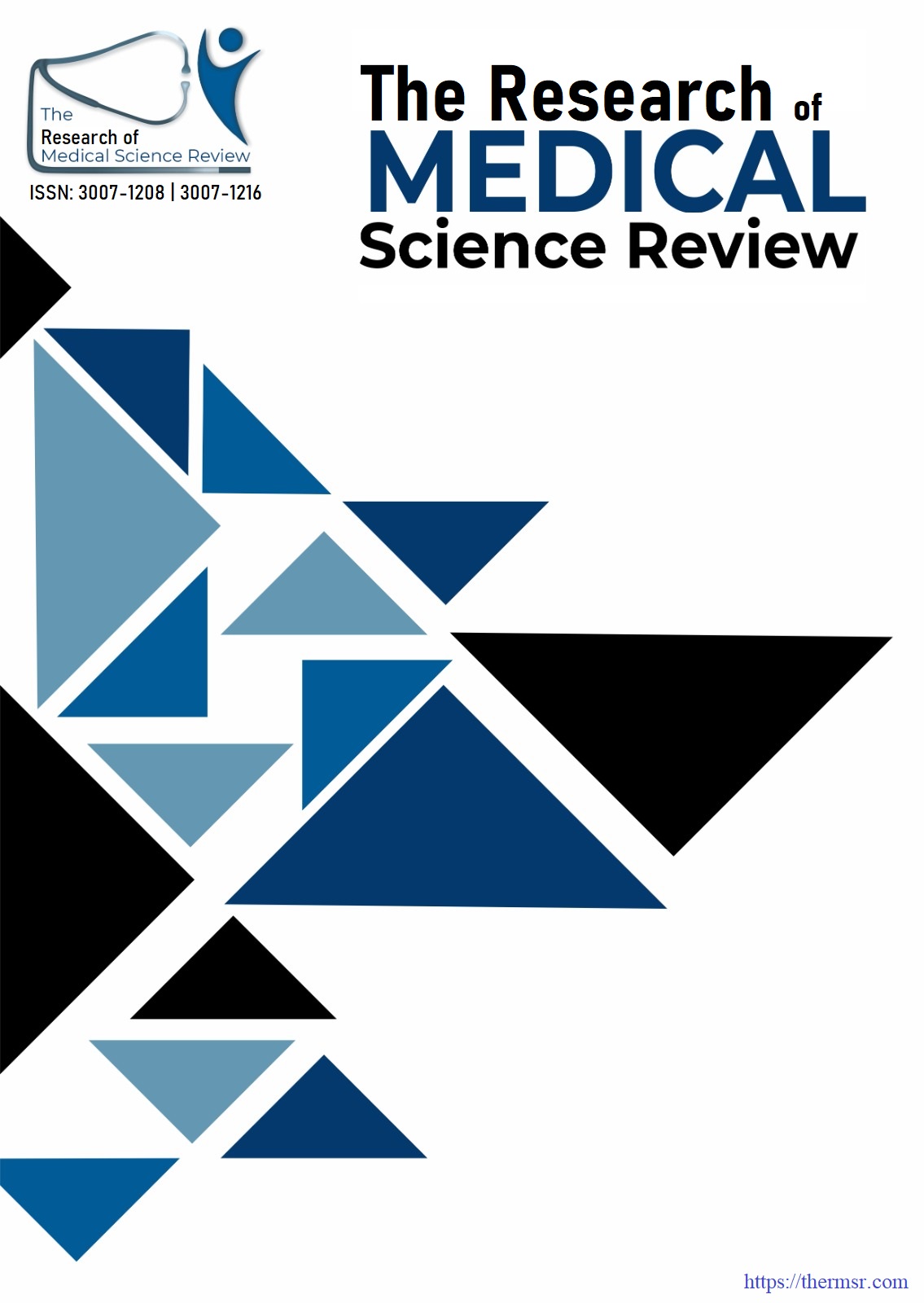TO ASSESS THE KNOWLEDGE AND PRACTICE AMONG PUBLIC UNDERGRADUATE NURSING STUDENT’S REGARDING CARDIO- PULMONARY RESUSCITATION
Keywords:
Cardiopulmonary Resuscitation (CPR), Undergraduate Nursing Students, Knowledge & PracticeAbstract
Cardio pulmonary arrest can be defined as the stoppage of spontaneous and effective ventilation and systemic circulation, and the Cardio-pulmonary resuscitation (CPR) is a core emergency procedure that focuses on revival of one’s breathing and circulation during a heart attack, when performed appropriately, the impact can enhance proper survival chances, flows of blood, in critical patients. Research Objective was to assess the Knowledge and Practice among public Undergraduate Nursing Student’s Regarding Cardio-Pulmonary Resuscitation (CPR). Methodology: A Quantitative Cross-Sectional Survey is conducted from Dec-25- Jan25. Study Setting: Data was collected from 03 different public Nursing colleges, Including College of Nursing (female) Shikarpur, College of Nursing (female) Sukkur, & College of Nursing (Male) Jacobabad. Sample Size: The sample was calculated through the Cochran’s formula, after putting the total population of three Colleges, where the Confidence Interval was 95 %, where the estimated standard deviation was 0.371, and the margin of error was 0.05. After putting all these values, the sample size was n= 170. Sampling technique: Convenient sampling method was used for data collection. Research Tool: A questionnaire was consist of three following sections.
Section A: Demographic of Participants’ including Gender, Age, Marital Status and Year of Study, & the Section B: This section is consisting of 10 items designed to evaluate the participants’ knowledge & Section C: this section is consisting of 05 items regarding the participants’ practice. Data Analysis: The quantitative data were analyzed through the latest version of SPSS V.29, with descriptive statistical analysis- Frequency and Percentage, Mean & Standard Deviation. Result: Table 01: indicates that the sample is composed of (89.4%) female and (10.5%) male. This remarkable variance shows the gender distribution of undergraduate nursing students. The age distribution of participants is shown in Table 02. The majority, (60.5%) is between the ages of 20-24 year’s while (32.5%) are between under 20, and the (6.4%) is between 25-29 year’s, and just 0.5% is 30 & above. Moreover, Table 06 shows unfortunately (59.4%) participants’ never practiced CPR in clinical settings (mean 0.4059 and S.D 0.4911). In addition to it (82.3%) never performed CPR in real life situation (mean 01765 and S.D 0.3813). But in contrast (78.8%) participants’ believe that their current training have adequately prepared for performing CPR (mean 0.7882 and S.D 0.4085). Similarly (76.47%) participants’ were aware of the latest CPR guidelines and updates (mean 0.77 and S.D 0.4185). Moreover, (84.7%) participants’ feel confident in ability to perform CPR effectively.
Conclusion: It was conclude that undergraduate BSN students at public colleges possess basic knowledge of cardiopulmonary resuscitation (CPR), But significance gaps exist in both knowledge and practice experience. While most recognize CPR as essential for emergencies, many participants believe it should be performed in hospital as well as outside of hospital. Moreover, majority of participants never practiced CPR in clinical setting, even though; majority participants never performed CPR in real life emergencies. These findings are underscore the urgent need for enhanced educational programs of CPR that integrate both theory and practical training to better equip future healthcare providers in emergency situation.
Downloads
Downloads
Published
Issue
Section
License

This work is licensed under a Creative Commons Attribution-NonCommercial-NoDerivatives 4.0 International License.















